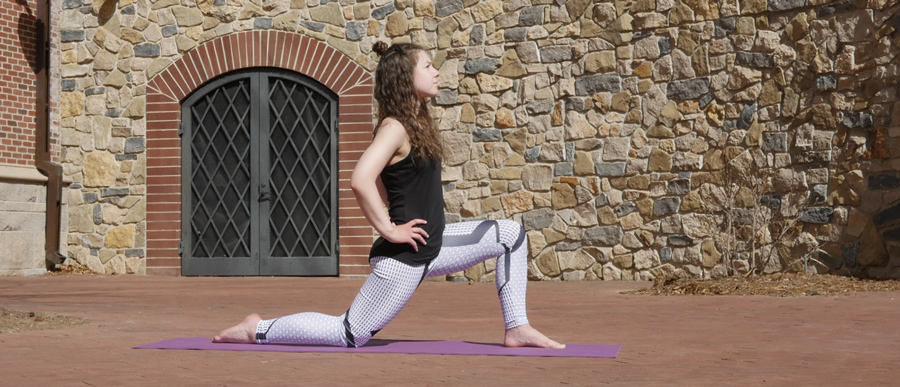Tight Hip Flexors—A Short and Sweet Stretch Guide

The hip flexors are some of the easiest muscles to stretch incorrectly. Many adults, however, have tight hips that hinder us from freely doing activities we love. That's why we want to give you cues to assure you are getting a safe, correct stretch and release of these pesky hip flexors.
Hip Flexor Stretch
For the purpose of demonstration, we will use the vertical shin stretch from the GB Stretch Series. This spin-off of the classic hip flexor stretch (traditionally kneeling on one knee) involves wedging your back leg vertically along a wall.
Adding this variation to your gymnastic stretch routine works to lengthen your hip flexors fully, while also firing up your quads, moving them into action.
Can you see the key points in this GymnasticBodies Stretch exercise?
Try it for yourself and see where your flexibility is at. Go up to a wall and get into the stretch by placing your right shin along the wall with your knee resting on the ground. Step your other leg forward and follow the checklist below for the greatest benefits.
Tuck Your Pelvis Tight
This is an essential cue for any hip flexor stretch. Orient your pelvis posteriorly, but tucking it down (the opposite of sticking your backside out), for a maximal stretch on your hip flexors and quads. Think of pushing your hips forward while keeping your belly in to the point where you flatten any lower back arch.
This is known as a posterior pelvic tilt. An important position to remember if you want to make the most of your gymnastics training. *Hint. hint*
Square Your Hips Away
When you find your posterior pelvic tilt, it’s equally important to square your hips. Think of making sure that both sides of your hips are evenly facing forward, and not rotated to the side! It's tempting to cheat this particular point when doing any kind of front split variation because the hip flexors are so tight they force the hips to open sideways. If you're working toward a front split, especially, remember: opening your hips to the side shortens your hip flexor and so does not loosen this muscle to the degree you probably need.
Posture Up
Good posture is extremely important. Not only does it look better, but it is key for healthier, longer-lasting, full-body function.
Having good posture helps to ensure that your muscles and joints are all working synergistically. Without it, the crushing forces of the outside world will slowly wear at your joints.
So, if bad posture produces tightness in your hamstrings, then stretching them while maintaining good posture, will do just the opposite. With a pelvis that is tucked in and squared, you will be able to align yourself upright.
Did you spot these cues in the demonstration video above? If so, go ahead and pat yourself on the back. If you missed it the first time, watch it again to see if you can spot them; the more you begin to recognize cues like these, the more body awareness you’ll gain in your personal fitness journey.
Bonus Tip: How to Scale the Vertical Shin Stretch
Are you having trouble completing this checklist? Here is a great scaling method to help you better stretch your hip flexors.
Using stretch (or yoga) blocks is a great way to support yourself in an upright position. This is especially effective if you struggle to maintain good alignment without support. Eventually, you can ditch the blocks when you feel ready.
Once your hip flexors open up you should have no problem maintaining this position. And the goal? Soon you can say good riddance to the pain and tightness in your hip flexors, and hello to mobility and quality of movement.

If you enjoyed the tips shared today, then be sure to check out GymnasticBodies stretch series for more of the goods.

